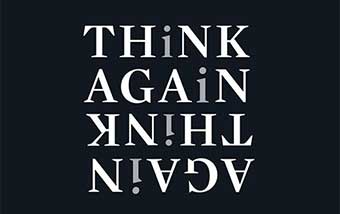Founding Mystic
Transcendentalism, n. 1. the philosophy that proposes to discover the nature of reality by investigating the process of thought rather than the objects of sense experience. . . Webster’s Unabridged
Emerson, The Mind on Fire, Robert D. Richardson, Jr. 1995
Scales and chords. For Ralph Waldo Emerson, it was words and sentences. He was a prose artist, and his practice was journal writing. He sought the artistic experience of using a crafted skill to achieve meaning in expression.
Emerson was, like Immanual Kant, disturbed by skepticism, the philosophy of David Hume that says that we can’t really know what we know, that causality itself can’t be proven, that all thinking derives from sense perception, that no inductions can have the force of certainty, that the self is illusory. Emerson believed in the validity of intuition, the truth of what can be sensed from self-awareness in parallel with awareness of the world. One’s mind is made by nature, one’s mind is valid. Live, look, and see. From one’s full experience, one can know all that there is. “The whole of nature is a metaphor of the human mind.” “My own mind is the direct revelation I have from God .”
Unwittingly, he affirmed the American political vision, in the mystical realm. “The highest revelation is that God is in every man.”
He was well aware of the pitfalls, the draw of sophistry, of experts, of the easy, shallow path. “It is easy to live for others, everybody does. I call on you to live for yourselves . . .” Follow your mind, but watch your step. “When you write do not omit the thing you meant to say“.
Writing was self-actualization, his steadied stepping along a true path. He was after first impressions, not second thoughts. “For the best part . . of every mind is not that which a person knows, but that which hovers in gleams, suggestions, tantalizing unpossessed before him”. He recorded dreams. He cultivated flow. “The way to write is to throw your body at the mark when your arrows are spent“. Don’t fret for that hobgoblin: consistency.
“I will no longer confer, differ, refer, defer, prefer, or suffer”
In his relentless exploration of words and sentences, as he journeyed and journaled his own mind, Emerson learned to know what words can’t say, and what mystics always discover: that there is thinking, and there is knowing, and they are not the same. In carefully perceiving what is, and listening to what one thinks – in this mysterious interplay of sensing and thinking -Emerson came to sense the nameless, universal essence of the world. And so can we all. Self Reliance.
Emerson grasped that nature self-registers. The active mind vivifies the attributes and forms and living magic of beauty, love, time, and eternity. All individuals, then, can be gods, in this way, creators of the world. And for Emerson, that is the way to live.

